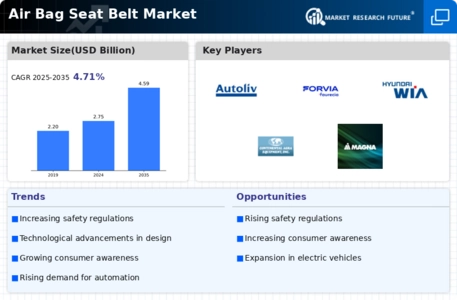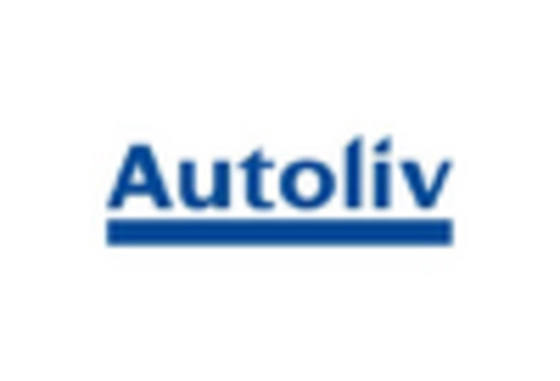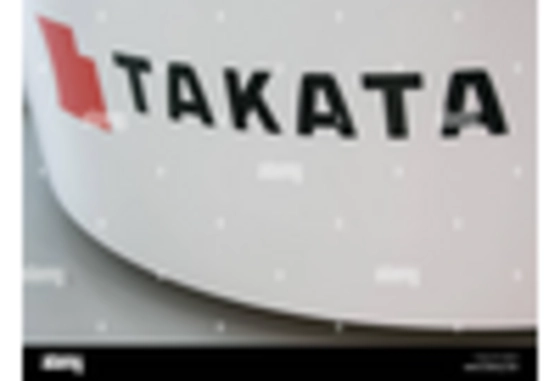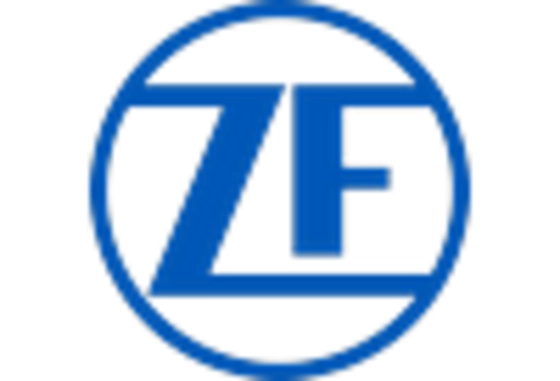Rise in Vehicle Production and Sales
The Air Bag Seat Belt Market is poised for growth due to the rise in vehicle production and sales across various regions. As economies recover and consumer confidence increases, the automotive sector is witnessing a resurgence. In 2025, vehicle production is expected to reach approximately 90 million units, which directly correlates with the demand for safety features, including air bag seat belts. This surge in production is likely to stimulate the market, as manufacturers prioritize safety innovations to attract consumers. Consequently, the Air Bag Seat Belt Market is anticipated to benefit from this upward trend, with an increasing number of vehicles equipped with advanced safety systems.
Consumer Awareness and Demand for Safety
The Air Bag Seat Belt Market is benefiting from heightened consumer awareness regarding vehicle safety. As individuals become more informed about the risks associated with road travel, there is a growing demand for vehicles equipped with advanced safety features, including air bag seat belts. Surveys indicate that a significant percentage of consumers prioritize safety when purchasing a vehicle, which is influencing manufacturers to innovate and enhance their safety offerings. This trend is likely to continue, as consumers increasingly seek vehicles that provide superior protection, thereby driving growth in the Air Bag Seat Belt Market.
Regulatory Compliance and Safety Standards
The Air Bag Seat Belt Market is significantly influenced by stringent regulatory compliance and safety standards imposed by governments worldwide. Authorities are mandating the inclusion of advanced safety features in vehicles, which has led to an increased focus on air bag seat belt systems. For instance, regulations in various regions require that all new vehicles meet specific crash safety ratings, compelling manufacturers to enhance their safety offerings. This regulatory landscape is expected to drive innovation and investment in the Air Bag Seat Belt Market, as companies strive to comply with evolving standards and improve their market positioning.
Integration of Advanced Safety Technologies
The Air Bag Seat Belt Market is experiencing a notable shift towards the integration of advanced safety technologies. Manufacturers are increasingly incorporating features such as adaptive airbags and pre-tensioning seat belts, which enhance occupant protection during collisions. This trend is driven by regulatory requirements and consumer demand for safer vehicles. In recent years, the market has seen a rise in the adoption of these technologies, with projections indicating that the segment could grow at a compound annual growth rate of over 5% through 2030. As automakers strive to meet stringent safety standards, the integration of these advanced features is likely to become a standard offering, thereby propelling the Air Bag Seat Belt Market forward.
Technological Advancements in Materials and Design
The Air Bag Seat Belt Market is witnessing a transformation due to technological advancements in materials and design. Innovations such as lightweight yet durable materials are being utilized to enhance the performance of air bag seat belts. These advancements not only improve safety but also contribute to overall vehicle efficiency by reducing weight. As manufacturers invest in research and development to create more effective safety systems, the Air Bag Seat Belt Market is expected to experience growth. The ongoing evolution in design and materials is likely to attract consumers who are increasingly focused on both safety and performance.


















Leave a Comment